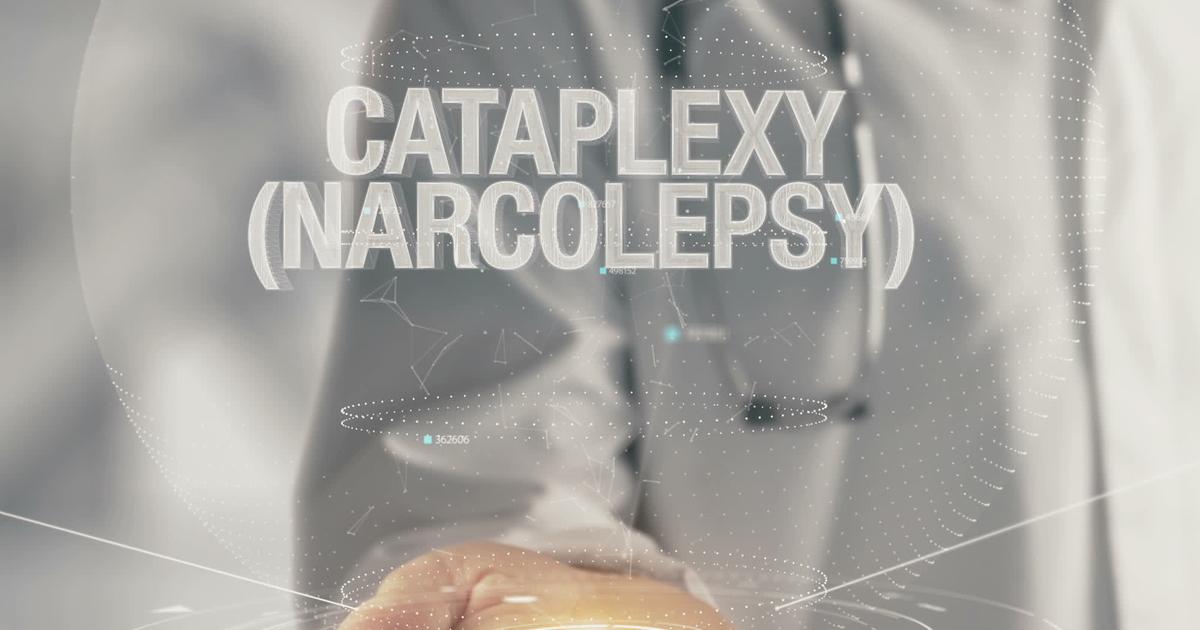Serious Symptoms Of Catatonic Schizophrenia
Catatonic schizophrenia is one of the five schizophrenia subtypes. It tends to present with disturbances in movement, although other typical symptoms are present to a lesser extent. Unfortunately, it is not entirely clear as to what causes this condition. Evidence indicates that brain dysfunction is behind it, but experts do not know why this dysfunction occurs. Many believe that catatonic schizophrenia, and other types, is the result of environmental triggers, such as stress, and genetics. Some experts theorize that an imbalance of certain neurotransmitters, such as dopamine and serotonin, is involved as well.
Patients have a few options for catatonic schizophrenia treatment. Many individuals will take medication for schizophrenia, including benzodiazepines and antidepressants. Psychotherapy for schizophrenia is also common. Individuals may receive electroconvulsive therapy (ECT) for catatonic schizophrenia if they have not responded to other treatments. Of course, the best treatment for schizophrenia, starts with understanding the symptoms of catatonic schizophrenia. Learn about them now.
Cataplexy

Cataplexy is a movement abnormality that typically occurs in narcolepsy patients. It rarely occurs in those who do not have narcolepsy. However, there have been cases where narcolepsy presents alongside catatonic schizophrenia or vice-versa. The condition occurs when an individual experiences uncontrolled, sudden paralysis or muscle weakness. It occurs during the day and can often be triggered by strong emotions like laughter and excitement. There is typically very little warning before an individual loses their muscle tone. They may have total weakness throughout their body, buckled knees, broken speech, and a slack jaw.
When a patient experiences complete cataplexy, they are awake and aware of what is happening. However, they are unable to move. The episode will typically last one or two minutes, and some individuals fall asleep following them. The frequency of these episodes varies widely from case to case. Patients who have catatonic schizophrenia but not narcolepsy may never experience cataplexy. Some patients may avoid experiencing emotions that bring on cataplexy attacks. The lack of muscle tone occurs because an individual's sleep and wake cycles are not regulated, and the body suddenly believes it is asleep.
Mutism

Mutism is a condition that occurs when an individual is incapable of speech or unwilling to speak at least part of the time. This may occur in all circumstances, or they may be selectively mute, which means they only lose the ability to speak in certain situations. It can occur as part of various mental illnesses and neurological conditions. However, mutism is most commonly associated with catatonia. It can occur within catatonic schizophrenia, other forms of schizophrenia, bipolar disorder, and depression.
Before antipsychotic drugs, total mutism in non-catatonic schizophrenia was much more common than it currently is. Total mutism is rare in patients receiving advanced medical care. Mutism can sometimes be difficult to treat in catatonic schizophrenia patients. What makes treatment more difficult is the lack of patient input and communication. The ways mutism presents can be psychotic symptoms. In other cases, they can be adaptive behavioral strategies for individuals to deal with their environment.
